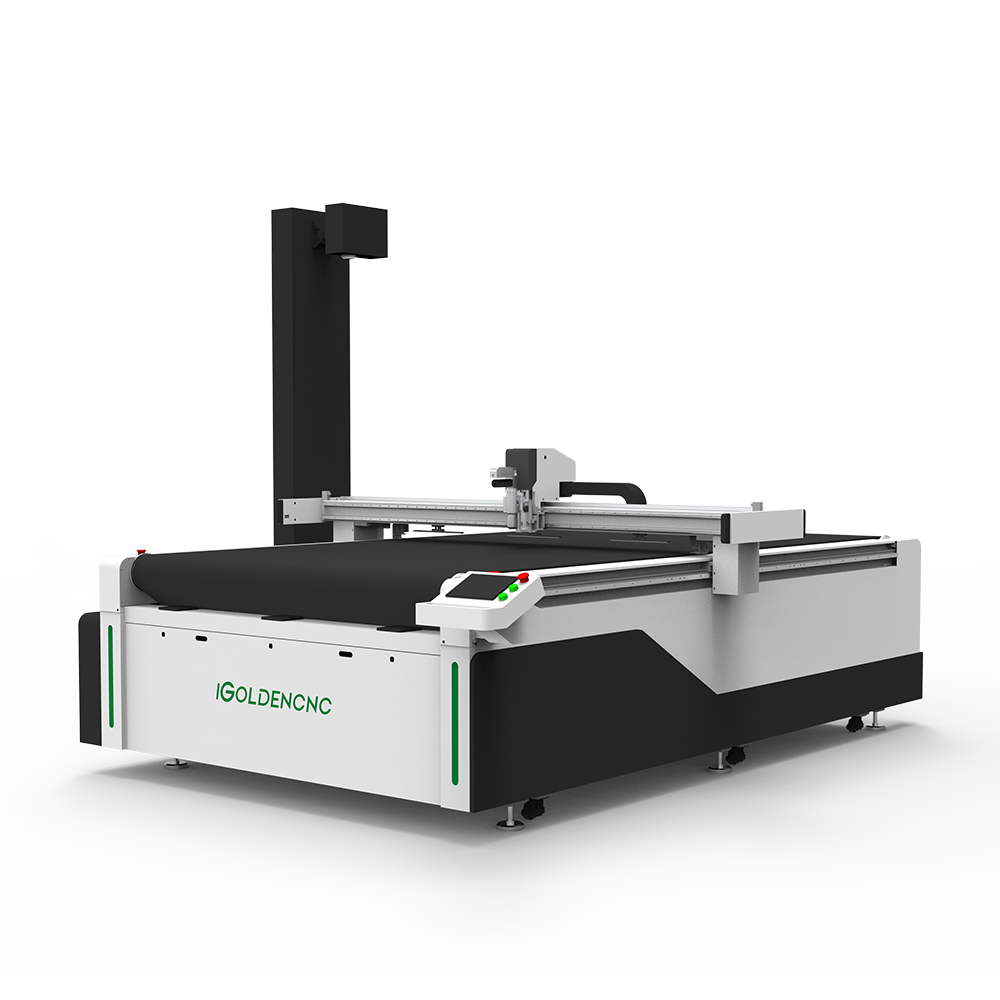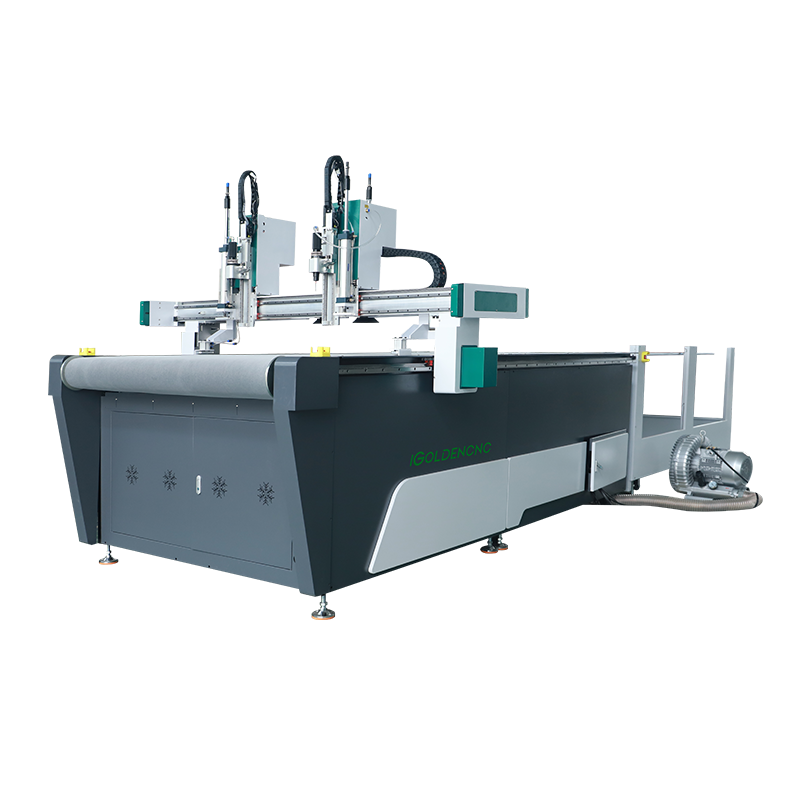Blog
What Tools Can Be Used to Cut EVA Foam?
1. Traditional EVA Foam Cutting Tools
Utility Knives/Handheld Cutters
- Pros: Low cost, suitable for simple DIY projects.
- Cons:
- Uneven edges requiring sanding.
- Limited to 2D shapes; struggles with complex curves.
- Labor-intensive for bulk orders.
Hot Wire Cutters
- Pros: Smooth edges for basic 3D shapes (e.g., foam props).
- Cons:
- Melting fumes pose health risks.
- Slow speed (5-10 minutes per detailed piece).
- Difficulty maintaining consistency across batches.
Laser Cutters
- Pros: High precision for intricate designs.
- Cons:
- Thermal damage causes burnt edges and toxic smoke.
- Limited to thin EVA sheets (typically <10mm).
- High maintenance costs (laser tube replacement).
2. Why Vibrating Blade CNC Cutters Excel in EVA Foam Cutting
Cold Cutting Technology
- No Heat Damage: Ultrasonic vibrating blades slice through EVA foam without melting or deformation, preserving material integrity.
- Thickness Adaptability: Cuts EVA from 1mm to 50mm effortlessly—ideal for thick shock-absorbing pads or delicate cosplay details.
AI-Optimized Efficiency
- Nesting Software: Automatically arranges patterns to reduce material waste by up to 25%.
- Speed: 3X faster than laser cutters (e.g., 100 shoe insoles in 15 minutes).
Multi-Layer Cutting Capacity
- Stack 10-20 EVA sheets in one pass with vacuum table fixation, ensuring identical shapes for mass production.
Cost Savings
- No Consumables: Blades last 10X longer than laser tubes.
- Zero Mold Costs: Directly import CAD files for instant cuttin
4. Applications of Vibrating Blade-Cut EVA Foam
- Footwear: Custom orthopedic insoles with seamless edges.
- Sports Gear: High-density foam pads for helmets/knee guards.
- Industrial Packaging: Shock-absorbing inserts for fragile goods.
- Creative Industries: Detailed cosplay armor and props.










